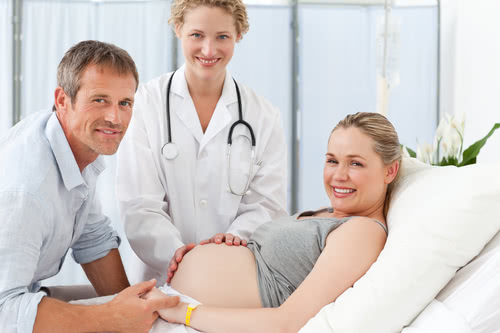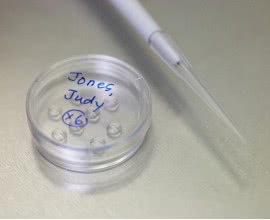Assisted Reproduction and Global Communities
Today we take for granted the fact that we live in a highly connected world. Thanks to new media technologies and the popularity of online platforms at the workplace we now communicate and send information at speeds never before seen. It is safe to say that because of such technologies we live, to an extent, in a global community of some sort. Because we are never more than a click away from each other questions surrounding proximity, neighbourliness and socialisation all are in need of renewal. However the internet is not the only new technology that has caused us to re-address the foundations of our social surroundings. The area of assisted reproduction has risen in popularity throughout all avenues of the medical community.

The field has created an entirely new market for customers and an entirely new field of study for medical students. The effect of this is that all the institutions of the medical world have expanded, from universities to surgeries and hospitals, all making room to accommodate a variety of procedures in the field. Some of the most popular procedures that are attracting many patients include egg freezing, egg donation, IVF treatment and sperm donation. Why is this important for the idea of the global community? Simply because the eggs and sperm of individuals no longer have to travel with just a single person – they may end up half way across the world helping a patient somewhere else to procreate. Thus, the number of genes spreading is greatly increased.
Another thing that factors in greatly to this idea is the fact that increasing numbers of people are travelling in order to take part in assisted reproduction programs. Medical tourism has increased massively as way of finding professional and affordable surgeries abroad. Since procedures like Egg Freezing have gained medical association approval, more practitioners are taking them up in their practices. The result is a large number of medical tourists all of whom are not only prepared to receive donated reproductive assistance, but to travel for it too.

What these phenomena indicate is something in common held in this global community that goes against accusations of chaos and variety without consideration. Because so many people are willing to accept donated methods of reproduction and assistance from medical institutions, it is revealed the value placed on life is far more than it was in the past. Seeing as the pathways are now open to reproduction no matter what your situation, more people are embracing the possibilities that are out there. For better or worse, the world is crossing borders and boundaries under the banner of these medical and market developments.
Sources:
http://emedicine.medscape.com/article/263907-overview














